Home>Ideas and Tips>Upgrading Your Home’s Windows With DIY Smart Blinds
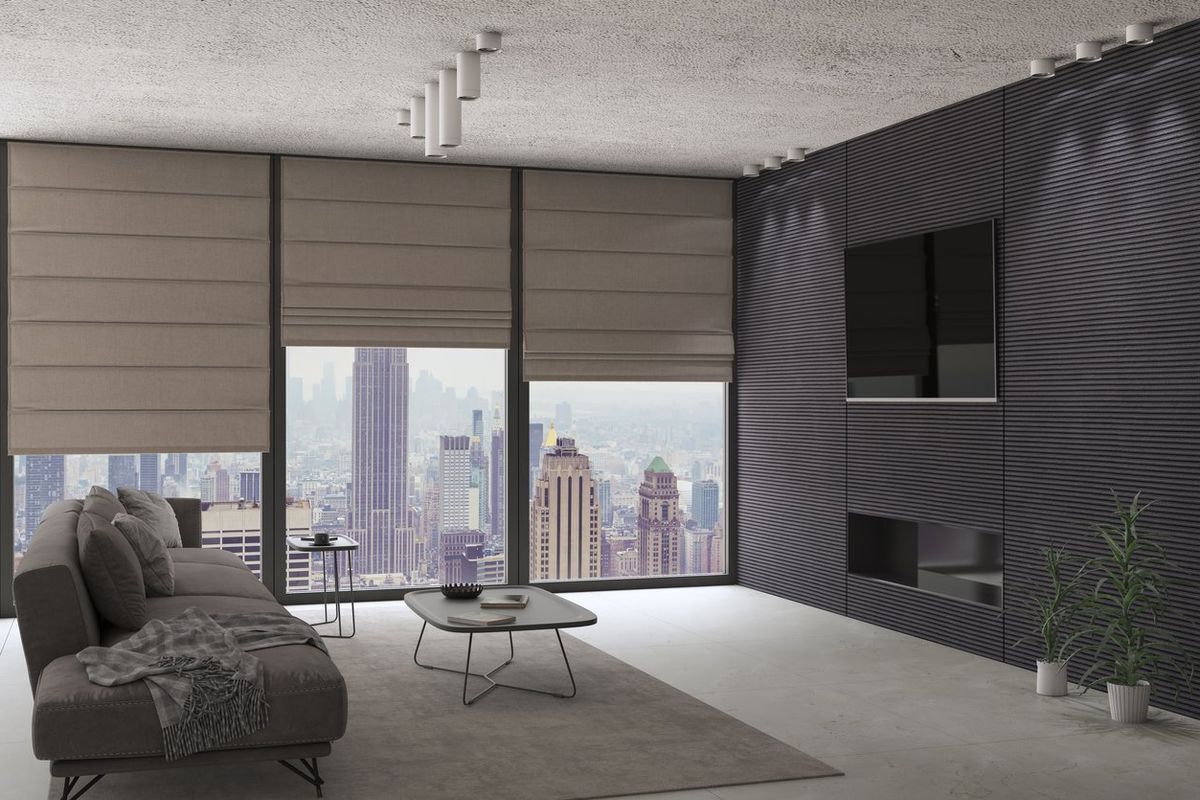

Ideas and Tips
Upgrading Your Home’s Windows With DIY Smart Blinds
Modified: October 20, 2024
Upgrade your home's windows with DIY smart blinds for enhanced convenience, security, and energy efficiency. Learn how to choose and install the best options.
(Many of the links in this article redirect to a specific reviewed product. Your purchase of these products through affiliate links helps to generate commission for Storables.com, at no extra cost. Learn more)
Introduction
Smart home technology has revolutionized the way we live, making our homes more convenient, secure, and energy-efficient. One of the most significant upgrades you can make to your home is installing smart window shades. These automated blinds not only enhance the aesthetic appeal of your windows but also offer a range of practical benefits. In this article, we will explore the advantages of smart window shades, how to choose the best option for your home, and provide a detailed guide on how to install DIY smart blinds.
Why Should You Upgrade to Smart Window Shades?
Convenience
One of the primary reasons to invest in smart window shades is the convenience they offer. Traditional manual blinds can be a hassle to operate, especially if you have multiple windows in your home. Smart blinds, on the other hand, can be controlled with the touch of a button or through voice commands using smart home assistants like Amazon Alexa or Google Assistant. This means you can open or close your blinds from anywhere in the house, making it easier to control the lighting and temperature.
Security
Smart window shades can also enhance your home's security. When you motorize your blinds, you can program them to change positions at specific times of the day, giving the appearance that someone is home even when you're not. This can be particularly useful for deterring potential burglars.
Energy Efficiency
Smart blinds are designed to help you save energy by controlling the amount of light that enters your home. By closing your blinds during peak sun hours, you can reduce heat gain in the summer and prevent heat loss in the winter. This not only saves you money on your energy bills but also contributes to a more sustainable living environment.
Increased Home Value
Installing smart window shades can increase your home's value. As home automation becomes more popular, buyers are increasingly looking for homes with integrated smart devices. Smart blinds are a desirable feature that can make your home more attractive to potential buyers.
How to Choose the Best Smart Window Shades
Types of Smart Blinds
There are several types of smart blinds available, each with its own set of features and benefits. Here are some common types:
- Roller Shades: These are the most common type of smart blind. They come in various materials such as fabric, vinyl, and bamboo. Roller shades are easy to install and can be controlled using remote controls or voice commands.
- Venetian Blinds: These blinds have horizontal slats that can be tilted to control the amount of light entering the room. They require a different type of control system but are also available in smart versions.
- Panel Glides: These blinds consist of large panels that slide along tracks to cover windows. They are often used in larger rooms and can be motorized for easy operation.
Features to Consider
When choosing smart window shades, consider the following features:
- Compatibility: Ensure that the blinds you choose are compatible with your existing smart home system. Most smart blinds work with popular platforms like Amazon Alexa, Google Home, and Apple HomeKit.
- DIY Installation: If you're handy, consider DIY installation options. Some smart blinds come with easy-to-follow instructions and minimal hardware requirements, making them a great choice for those who want to save on installation costs.
- Battery Life: Look for blinds with long battery life or solar-powered options to minimize the need for frequent recharging.
- Customization: Choose blinds that allow for customization in terms of blackout levels, tilt angles, and scheduling. This ensures you can tailor the blinds to your specific needs and preferences.
DIY Smart Blinds: A Step-by-Step Guide
Materials Needed
To convert your existing blinds into smart blinds, you'll need the following materials:
- Smart Blinds Controller: This device attaches to the beaded chain of your blinds and allows for remote control. Popular options include the Zemismart Zigbee controller and the YH002 blinds chain controller.
- Motor: Depending on the type of controller you choose, you may need a motor specifically designed for indoor blinds. Small 5V motors like the 28BYJ motor are commonly used for DIY projects.
- Power Supply: Ensure you have a suitable power supply for your motor. Some controllers come with built-in power supplies, while others may require an external source.
- Wiring and Connectors: Depending on the complexity of your setup, you may need wiring and connectors to connect the motor to the controller.
Step-by-Step Instructions
-
Identify Your Blinds Type:
- Determine the type of blinds you have (roller, venetian, panel glide) to choose the appropriate controller and motor.
-
Prepare Your Blinds:
- Ensure your blinds are in good condition and free from any obstructions that might interfere with the motor or controller.
-
Attach the Controller:
- Follow the manufacturer's instructions to attach the smart blinds controller to the beaded chain of your blinds. This usually involves attaching gears or pulleys to connect the motor to the chain.
-
Connect the Motor:
- Connect the motor to the power supply and then to the controller. Make sure all connections are secure and won't cause any electrical issues.
-
Program the Controller:
- Use the accompanying app or software to program the controller. This typically involves setting up schedules, customizing blackout levels, and integrating with your smart home system.
-
Test Your Setup:
- Test your setup by opening and closing the blinds remotely using voice commands or through the app.
Common Issues and Solutions
Security Concerns
Some DIY smart blinds solutions may have security issues due to their use of open-source firmware like Tuya firmware. However, these issues can often be mitigated by flashing custom software onto the ESP8266 chip.
Compatibility Issues
Ensure that your chosen controller is compatible with your existing smart home system. Some controllers may require additional bridges or hubs for full functionality.
Installation Challenges
DIY installation can sometimes be challenging, especially if you're not familiar with electrical wiring or mechanical systems. Consider seeking professional help if you're unsure about any part of the process.
Popular DIY Smart Blinds Solutions
Zemismart Zigbee Controller
The Zemismart Zigbee controller is a popular choice for converting existing blinds into smart blinds. It integrates well with Google Home and Alexa, offers timers and smart actions, and comes with small solar panels for continuous charging.
YH002 Blinds Chain Controller
The YH002 blinds chain controller is another affordable option that runs on Tuya firmware. It has three buttons for manual control and comes with a wall mount as well as different gears to connect it to various chains.
IKEA Tradfri Blinds
IKEA's Tradfri blinds are battery-powered Zigbee devices that work well with Zigbee2MQTT. They are more expensive than some DIY solutions but offer ease of use and full wireless functionality.
Conclusion
Upgrading your home's windows with DIY smart blinds is a practical and rewarding project that can enhance both the functionality and aesthetic appeal of your living space. By choosing the right type of smart blinds, considering key features like compatibility and battery life, and following a step-by-step guide for installation, you can enjoy the convenience, security, and energy efficiency that smart window shades provide. Whether you opt for a pre-made solution or embark on a DIY adventure, smart blinds are an excellent addition to any smart home setup.
Additional Tips
Renters-Friendly Options
For renters who cannot drill holes or make major changes to their windows, consider tool-free installation options like SmarterHome’s MySmartBlinds. These blinds use adhesives instead of screws or nails for mounting.
Solar-Powered Options
Solar-powered blinds are an excellent choice for minimizing battery maintenance. Look for blinds with built-in solar panels that can charge the battery throughout the day.
Customization
Customization is key when it comes to smart blinds. Look for options that allow you to set schedules, adjust blackout levels, and integrate with multiple smart home platforms.
By following these tips and guidelines, you can successfully upgrade your home's windows with DIY smart blinds, enjoying a more convenient, secure, and energy-efficient living space.
Was this page helpful?
At Storables.com, we guarantee accurate and reliable information. Our content, validated by Expert Board Contributors, is crafted following stringent Editorial Policies. We're committed to providing you with well-researched, expert-backed insights for all your informational needs.
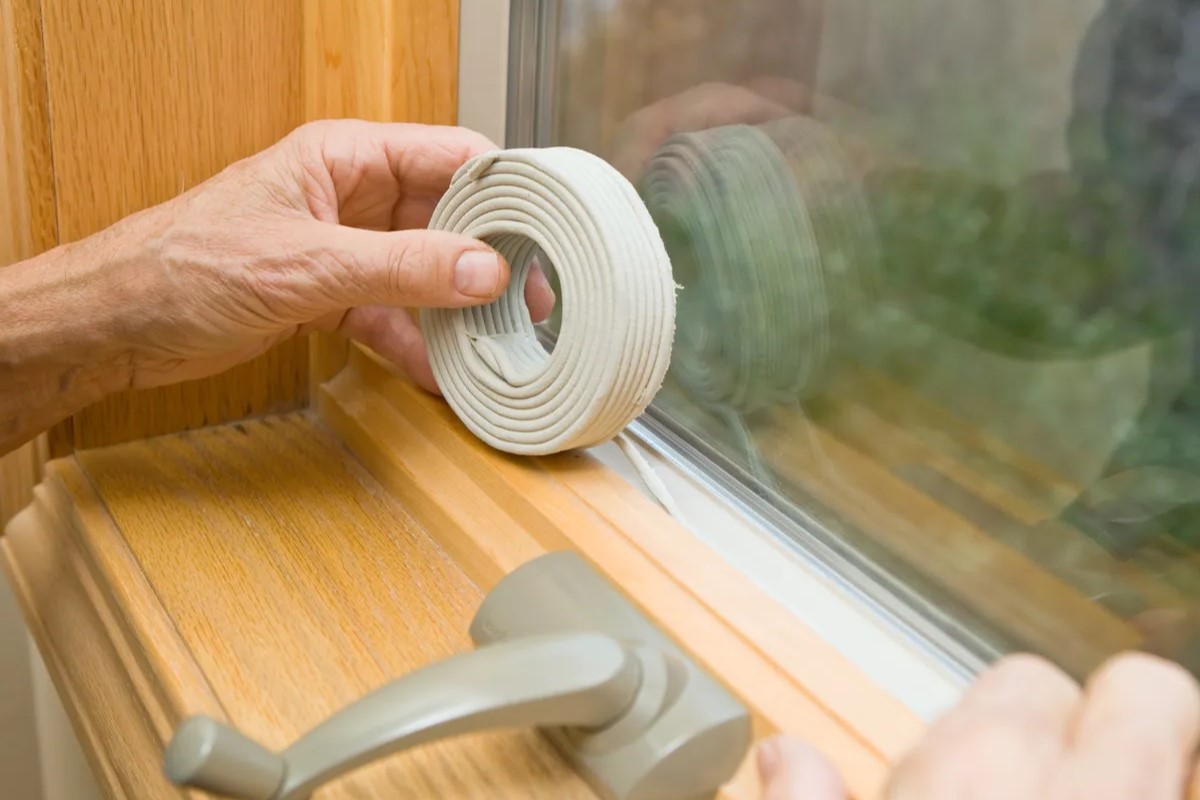
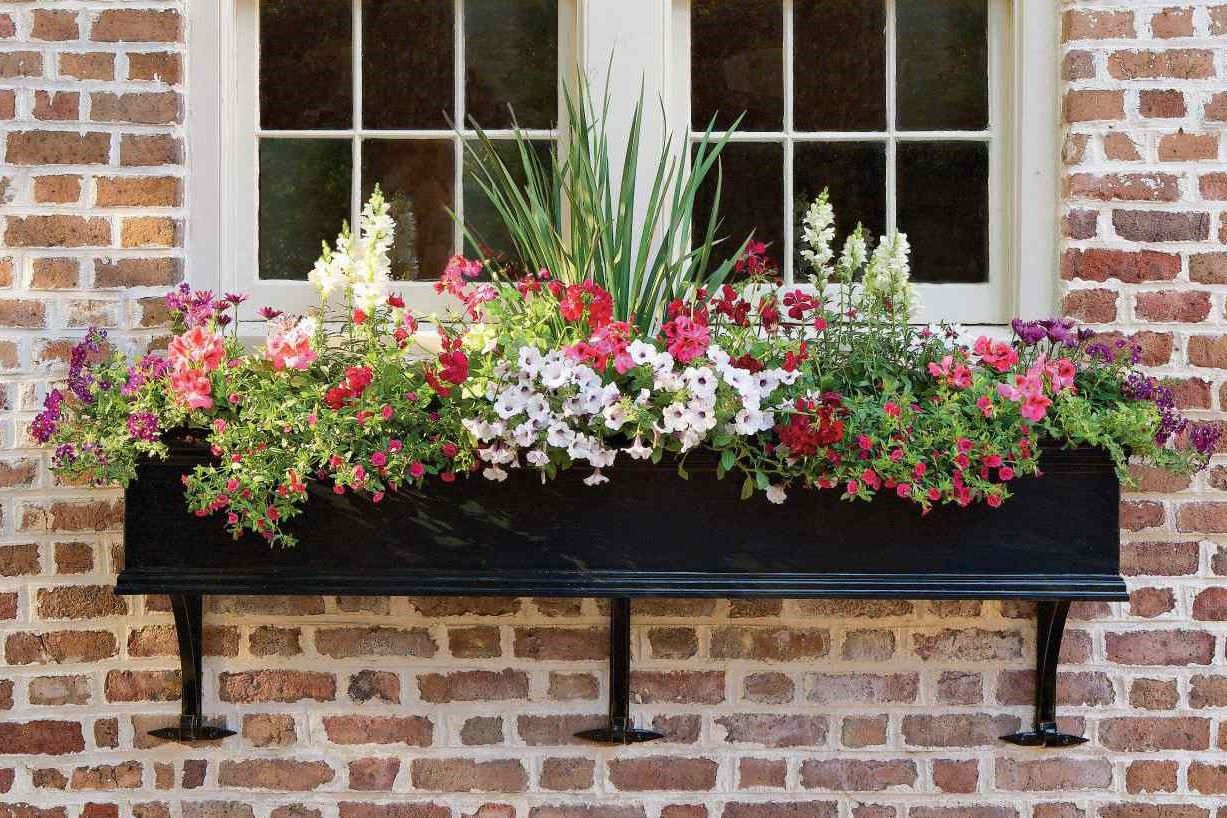
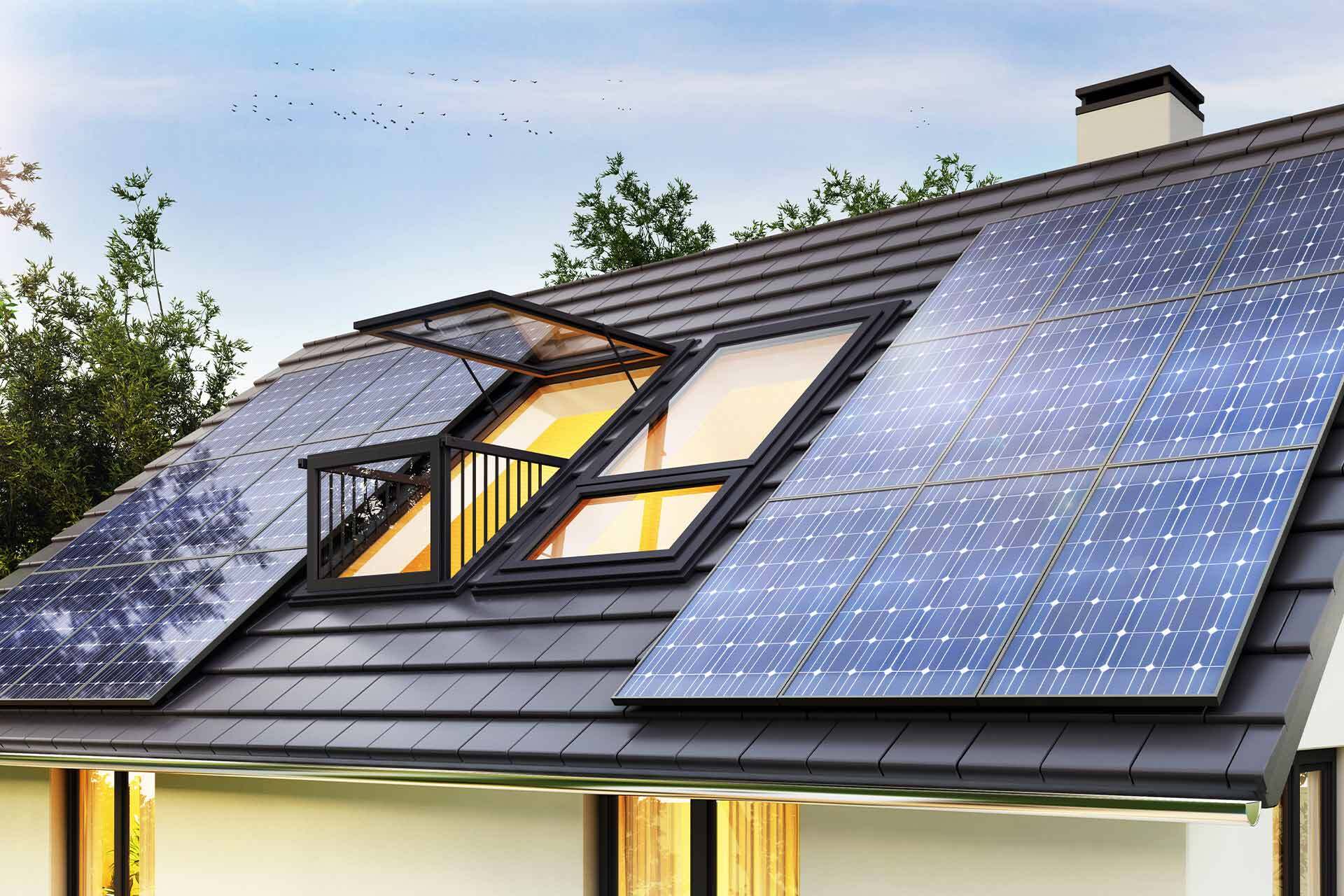
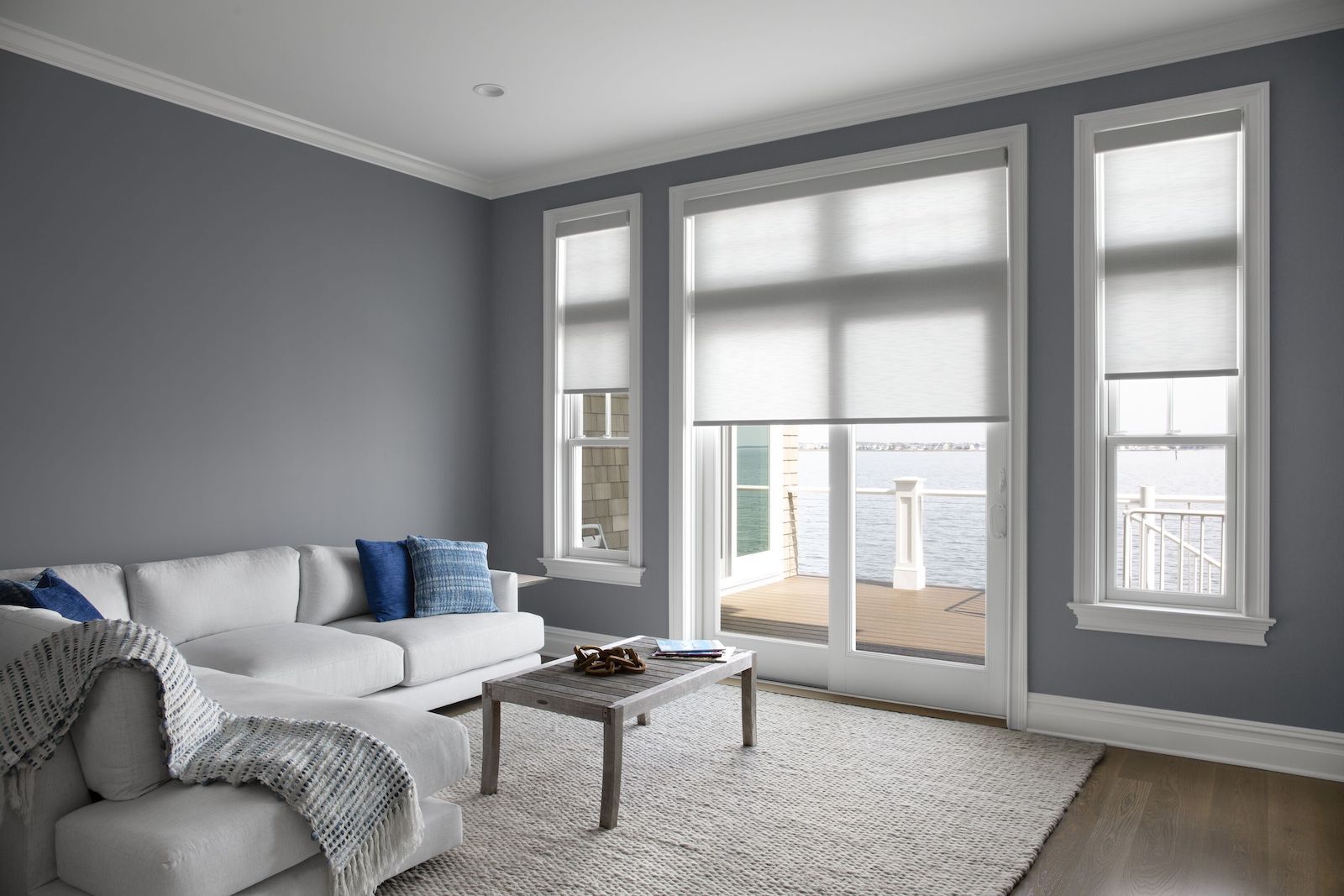
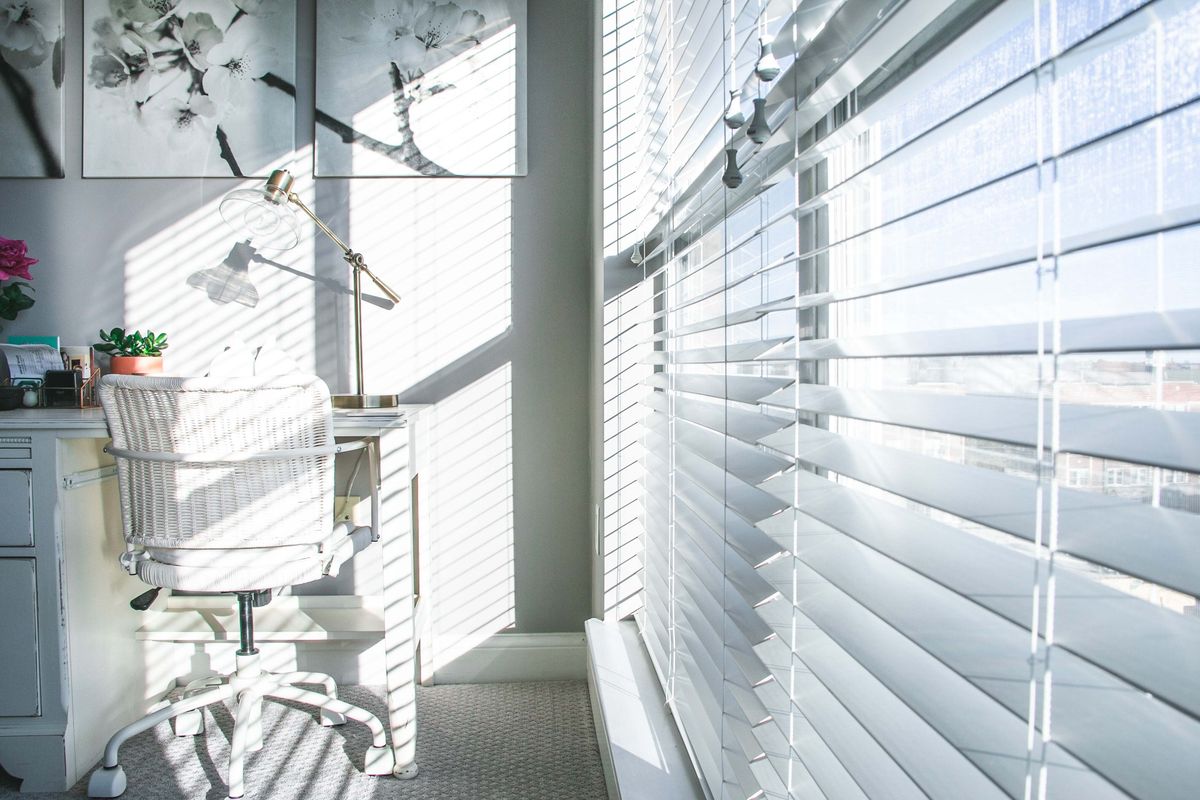
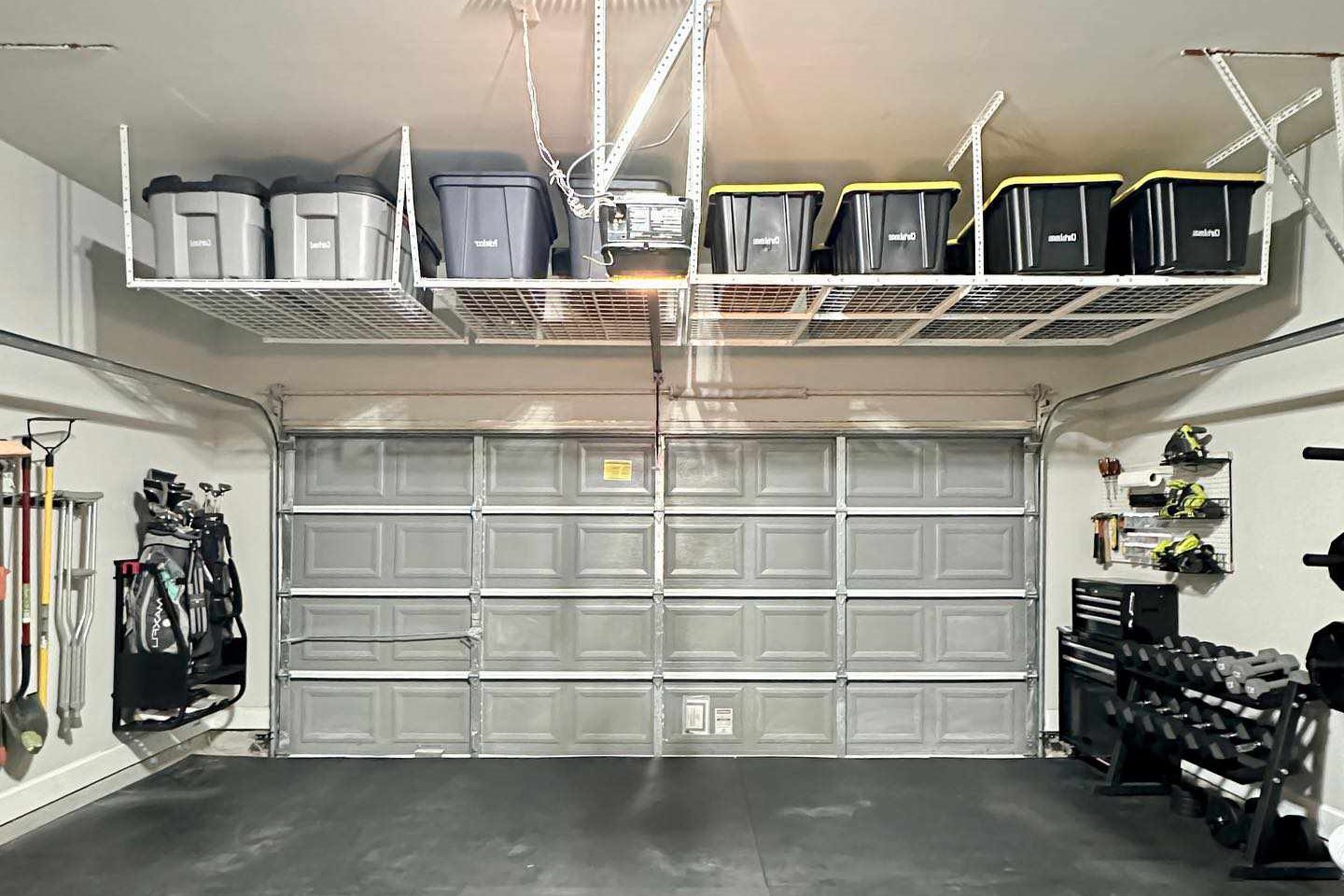
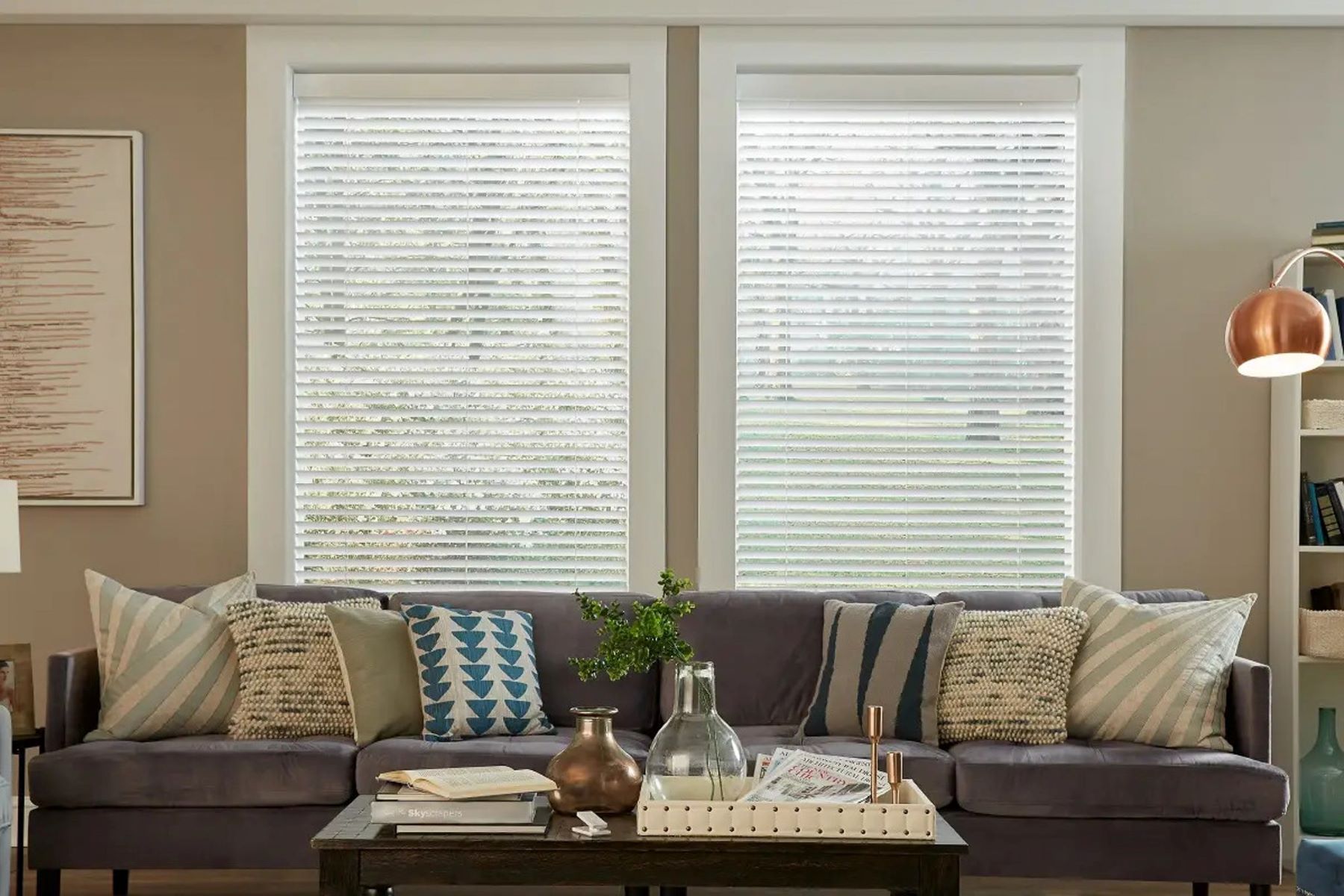
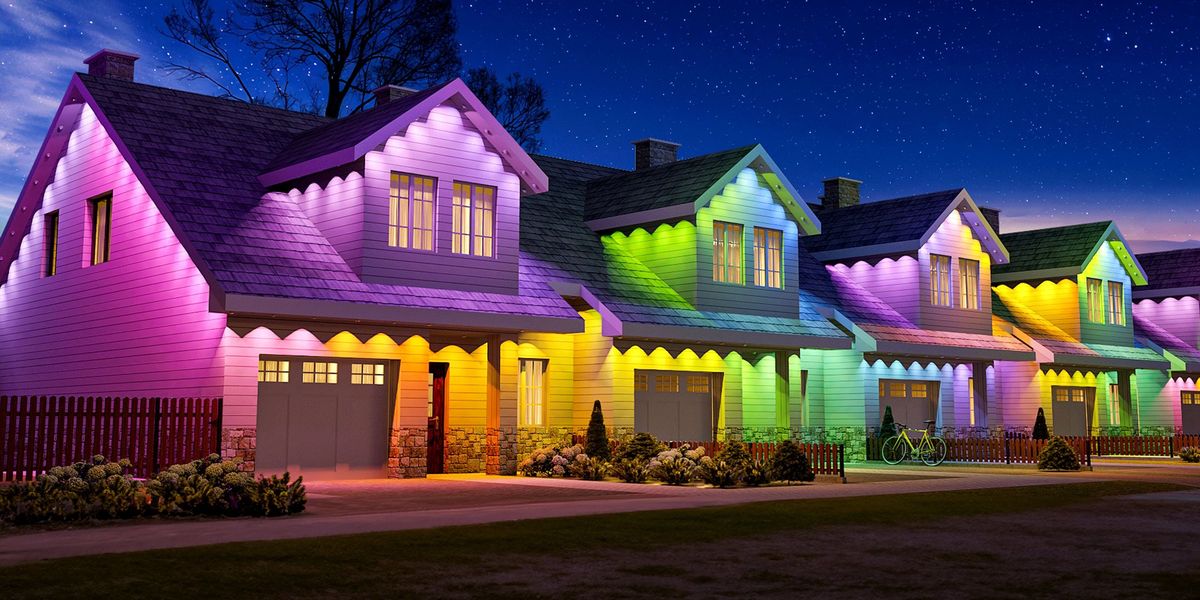
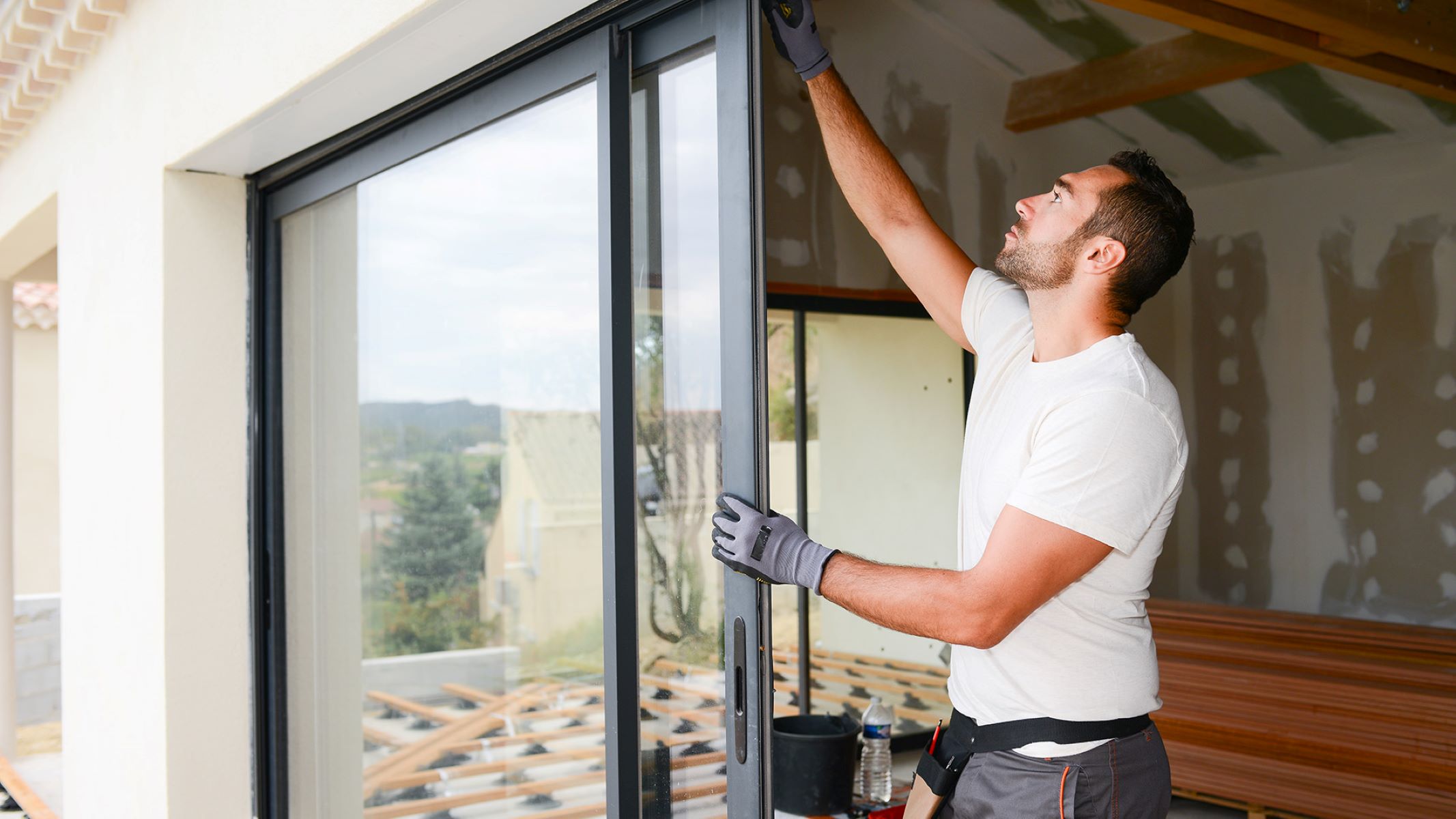
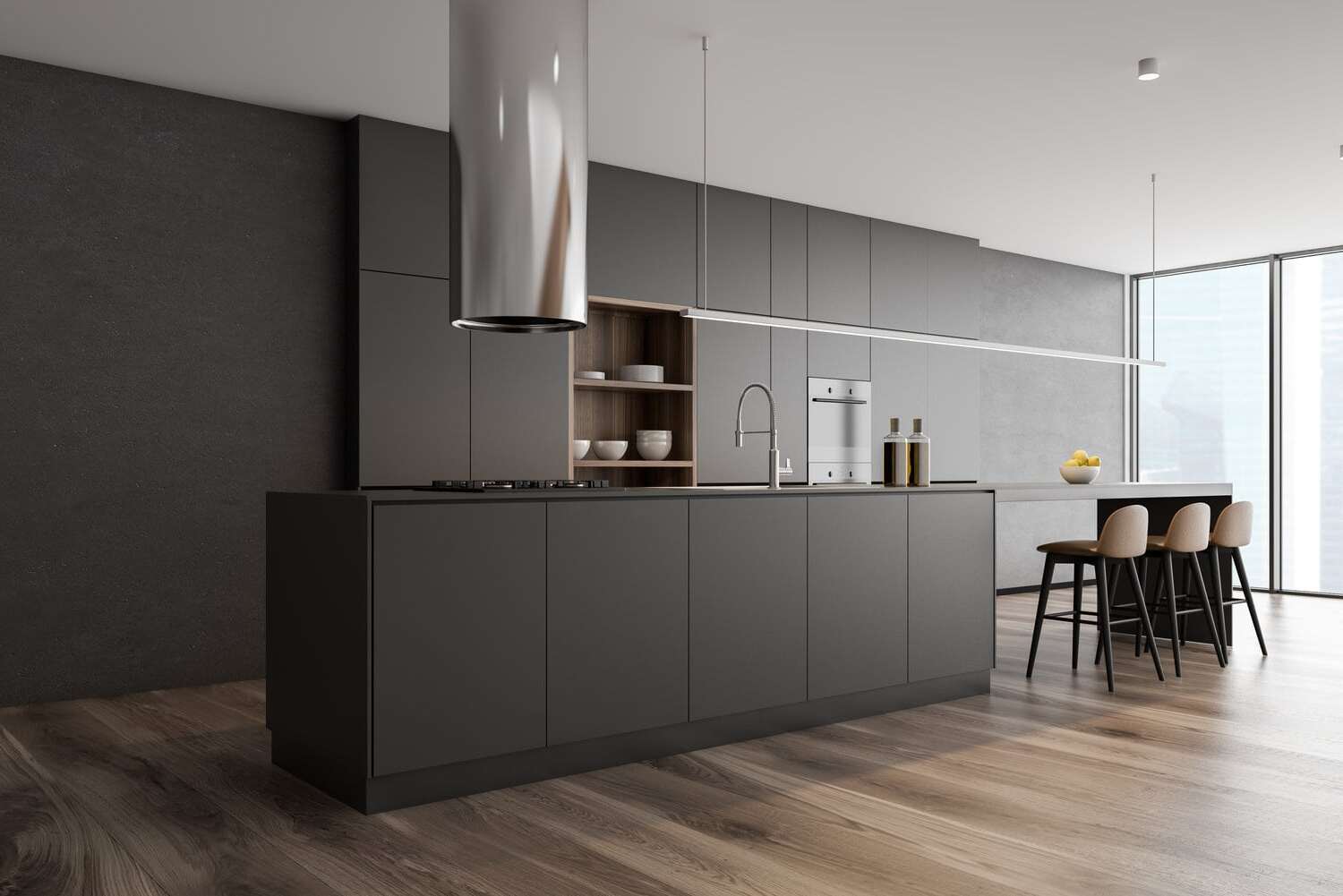

0 thoughts on “Upgrading Your Home’s Windows With DIY Smart Blinds”